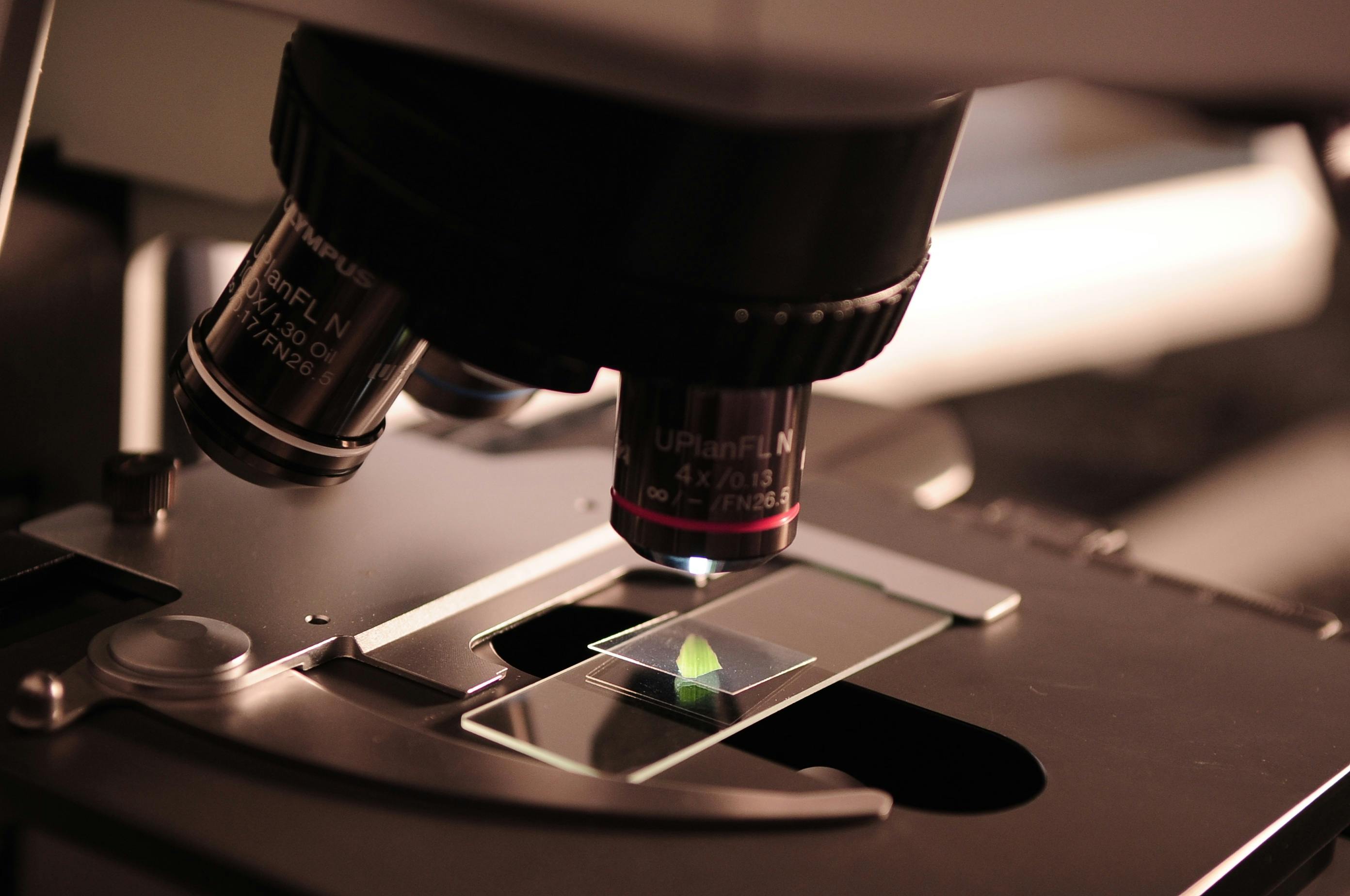Unlocking Life's Blueprint
How Structural Biology Powers the Genomic Revolution
From Code to Complexity
In 1998, as scientists celebrated the accelerating Human Genome Project, a critical question emerged: What do all these genes actually do? At a NATO Advanced Research Workshop in Trieste, Italy, pioneers in structural biology and functional genomics gathered to bridge this gap. Their goal: Transform raw DNA sequences into dynamic, three-dimensional molecular machinery to reveal how life functions at atomic resolution .
Today, this synergy has revolutionized drug discovery, agriculture, and biotechnology—proving that genes are merely a parts list, while protein structures are the operating manual 1 9 .
The Human Genome Project provided the blueprint, but structural biology reveals how the machinery actually works.
Architectural Blueprints: How Structure Reveals Function
The Fold as a Functional Signature
When a gene's sequence offers no clues to its function, its protein's 3D shape often holds the answer. Consider hemoglobin and myoglobin: Their sequences differ significantly, yet their similar folds (globin fold) expose a shared oxygen-carrying role—undetectable by sequence alone 8 .
Structural genomics projects leverage this principle:

The globin fold in myoglobin (left) and hemoglobin (right) reveals their shared oxygen-binding function despite sequence differences.
Structure determines function. A protein's fold is its functional fingerprint.
The High-Throughput Revolution
By 2009, ~45,000 protein structures had been solved—a fraction of known genes. Projects like the TB Structural Genomics Consortium (TBSGC) scaled this process using high-throughput pipelines to combat drug-resistant tuberculosis:
Decoding the Unknown: The TB Structural Genomics Experiment
Methodology: From Gene to Structure
The TBSGC's pipeline exemplifies structural genomics in action 3 6 :
- Target Selection:
- Prioritize proteins essential for bacterial survival.
- Filter out structures with >30% similarity to known folds.
- Cloning & Expression:
- Insert genes into vectors for protein production in E. coli.
- Test 100+ expression conditions per protein.
- Crystallization & Data Collection:
- Use robots to screen 1,000+ crystallization conditions.
- Collect X-ray data via synchrotron radiation (e.g., at ELETTRA, Italy) .
- Structure Solution:
- Apply MAD phasing to resolve atomic positions.
- Model structures using PHENIX or Coot software.

Mycobacterium tuberculosis, the causative agent of TB, was the target of structural genomics efforts to find new drug targets.
Results: From Mystery to Medicine
| Metric | Result | Impact |
|---|---|---|
| Unique structures solved | 216 | Covered 5% of M. tuberculosis genome |
| Novel folds identified | 47 | New enzyme families discovered |
| Drug targets validated | 12 | Inhibitors now in clinical trials |
Table 1: Key Outcomes from the TB Structural Genomics Pipeline
The Scientist's Toolkit: Essential Research Reagents
| Tool/Reagent | Function | Breakthrough Enabled |
|---|---|---|
| Selenomethionine | Heavy atom for phasing X-ray data | Solved "phase problem" for novel folds |
| Synchrotron beamlines | High-intensity X-ray source | Atomic resolution (<2 Å) structures |
| Homology modeling | Predicts structure from related folds | Annotated 30% of human proteome |
| Cryo-EM | Images macromolecules without crystals | Solved large complexes (e.g., ribosomes) |
Table 2: Key Tools Driving Structural Genomics
Beyond the Workshop: Lasting Legacies
The 1998 workshop's themes remain urgent today:
- Protein Folding Prediction: AlphaFold's success builds on early structural genomics data.
- Non-Coding DNA: Studies of chromatin architecture (initiated in Trieste) explain gene regulation .
- Open Science: Consortia like TBSGC share structures via the Protein Data Bank—accelerating global discovery 5 .
Conclusion: The Atomic Lens
The Trieste workshop laid a foundation: Genes tell us the "what," but structures reveal the "how." As CRISPR and AI transform biology, this synergy remains indispensable. Future frontiers—like mapping neuronal protein networks or designing eco-friendly enzymes—will rely on the same principles: See the structure, understand the life 9 .
For further reading, explore the Protein Data Bank (www.rcsb.org) or the TB Structural Genomics Consortium (www.webtb.org).
